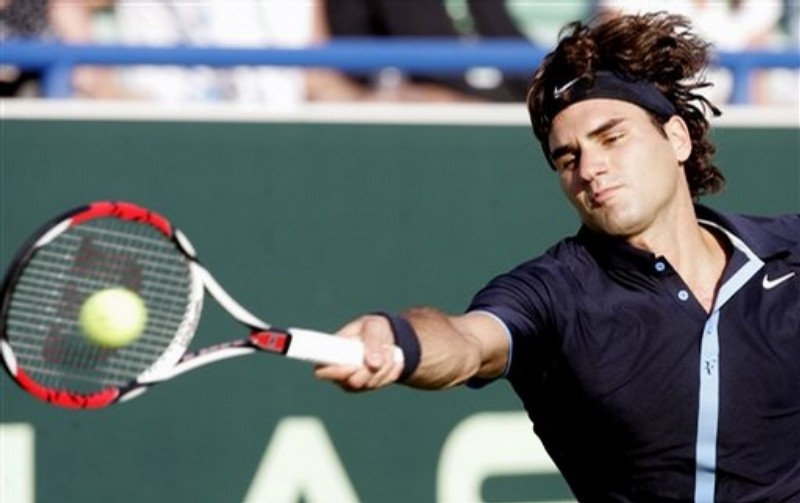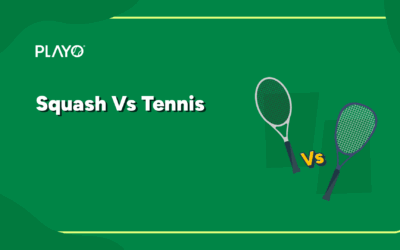The forehand is the most basic stroke in tennis yet many struggle to master it.
Today I will be sharing a few tips to not only improve the consistency but to add more power behind the shot as well. Here are the few tips categorized into four sets:
-
Grip:
Having a proper grip is the key to an effective forehand. I personally prefer the semi-western forehand grip but if you’re following some other type, I don’t want you to go through the grip change, for that you should consult with your coach and see what you’re comfortable with.
All I want to tell you is how tight you should hold the racket.
Generally, players tend to hold the tennis racket with a death grip, especially the beginners. And it is really a terrible habit to get into because it considerably restricts the amount of power you can get from the shot. A shot will be much better if you make contact with the ball by swinging slowly while having a loose grip than hitting the ball with a tight grip.
-
The Turn:
Once you have noticed that the ball is coming to your forehand, the first thing you should be doing is to have a full unit turn with your upper body and hips. By turning as quickly as possible you will get more time, and time is of the most vital factor in tennis and anything that creates time for you, should be employed to the full extent.
You can utilize this time for producing the coiling motion for adding effortless topspin to your forehand stroke and it will also pre-stretch you strained muscles, reducing the chances of injuries.
-
Contact:
While creating a contact with the ball, make sure that the ball is out in front of your body. And once you make contact with the ball, keep swinging through the ball rather than pulling your racket up too swift. Otherwise, it will cause the ball to dip.
Most importantly, watch the ball all the way into the racket while making the contact. Taking your eye off the ball will most likely cause you to mishit the ball.
-
Follow Through:
One of the main reasons that players break down on the forehand is due to having an inaccurate or unfinished follow through. Remember that if you swing the racket at full speed up until contact, then suddenly stop the racket, you will summon a huge amount of stress on the shoulder, elbow, and wrist.
Whereas a good finish results in smoother stroke and also reduce the risk of injury significantly.
So, swing the racket all the way up to your left shoulder (if right handed) and stop when your elbow is across the body. ALWAYS.
Believe me, It will not just allow your muscles to slow down in a natural way, but the full swing will also help you to create topspin on the stroke.
That’s all for today. I’ll come back to SERVE you more tips, with new posts. Until then, ENJOY PLAYING TENNIS!








0 Comments